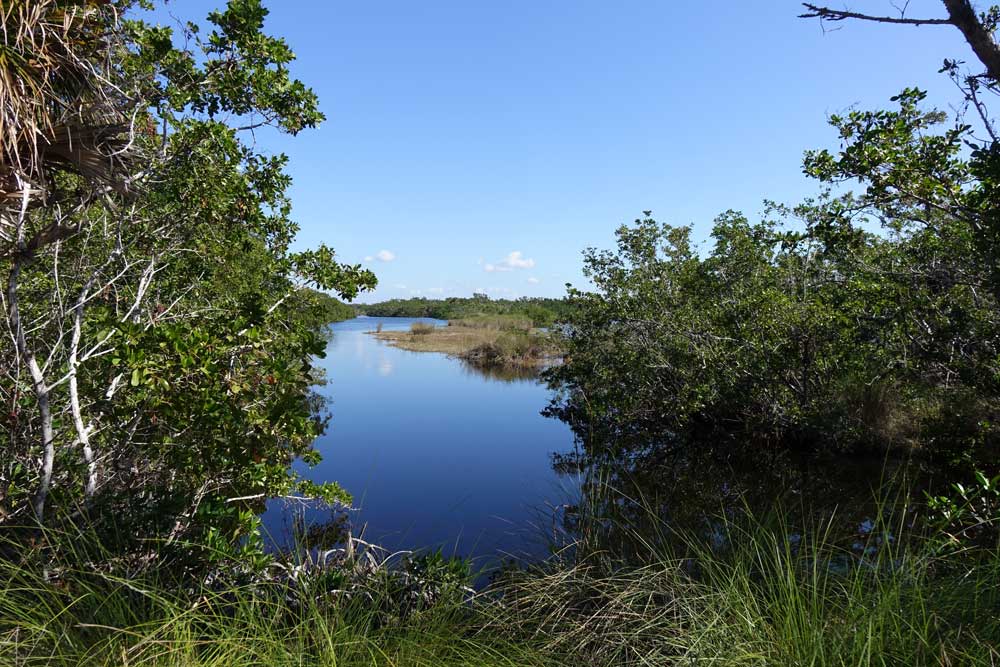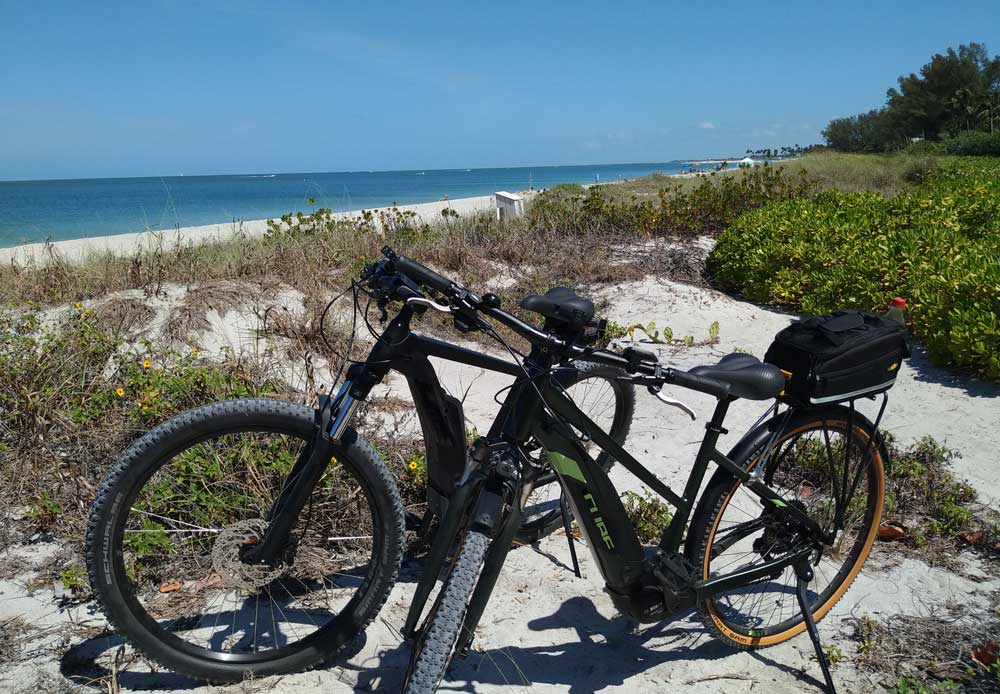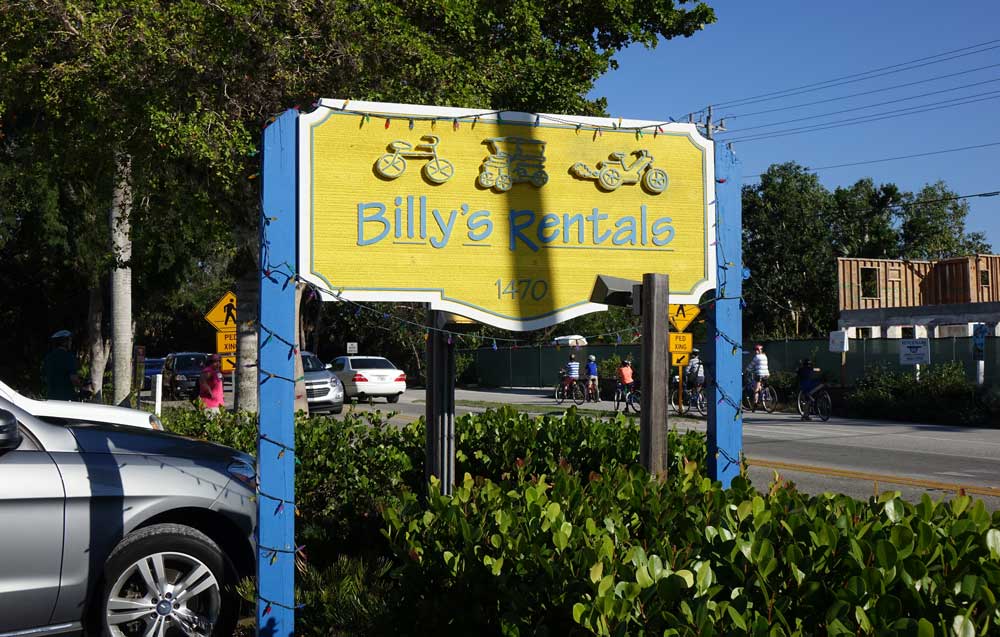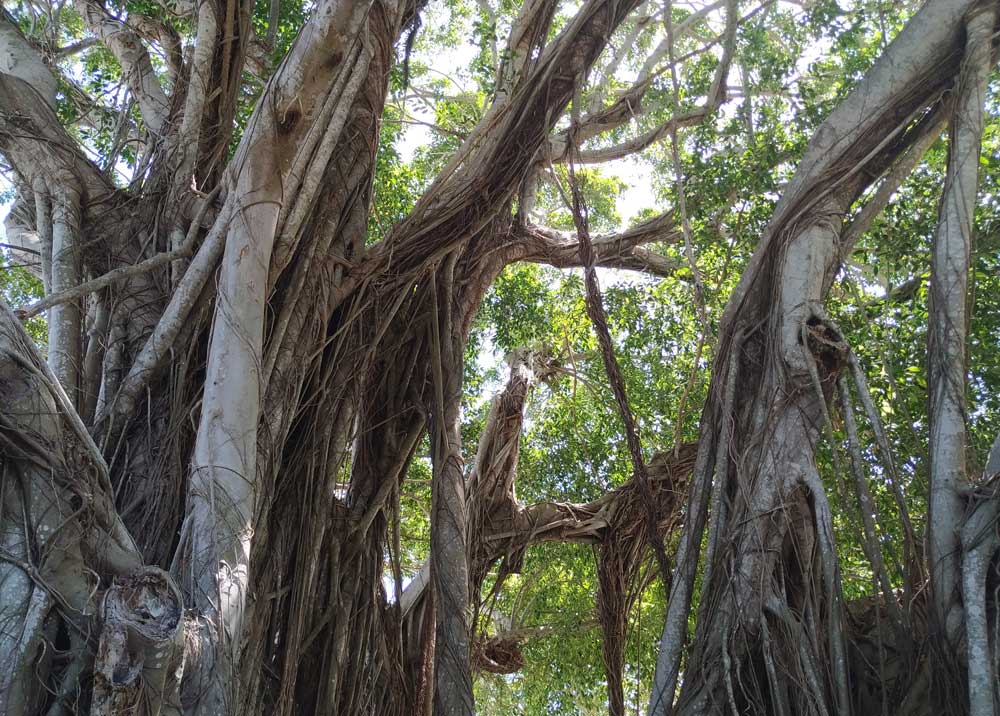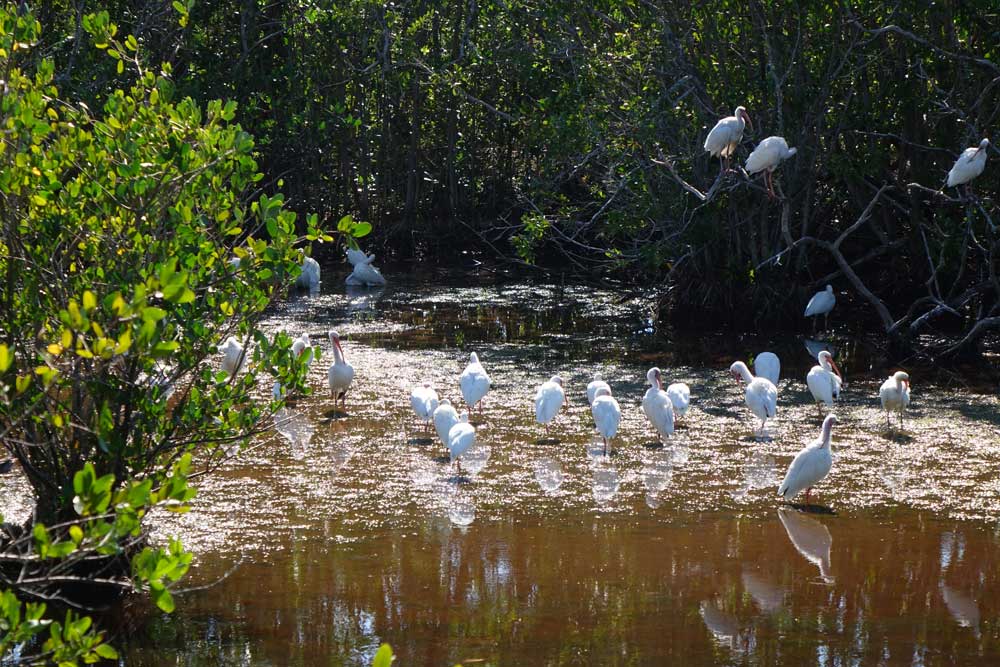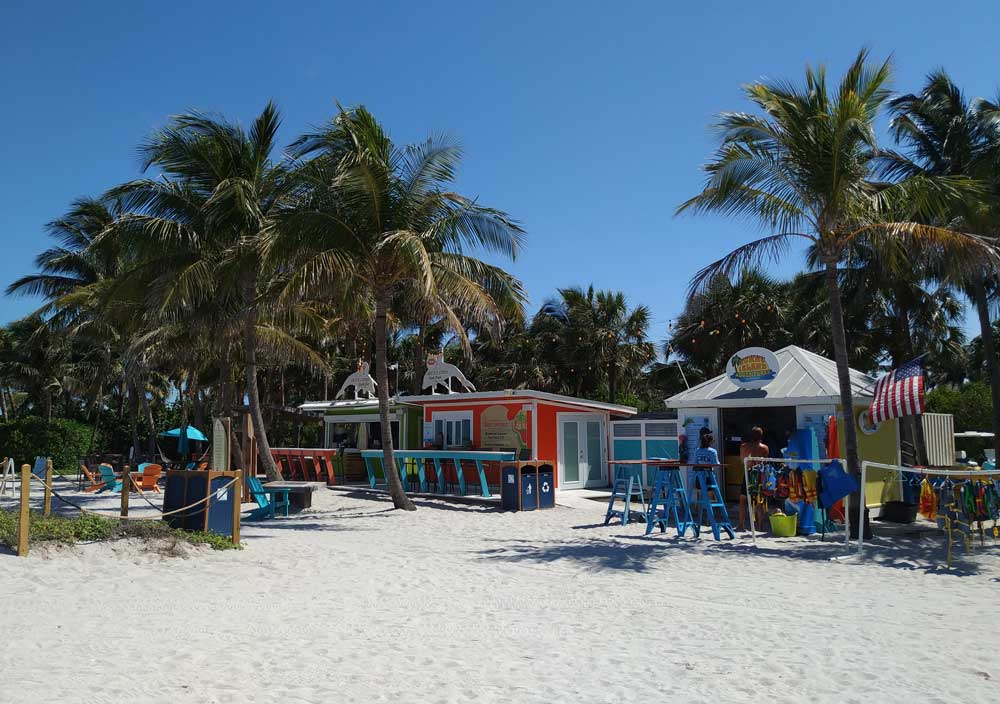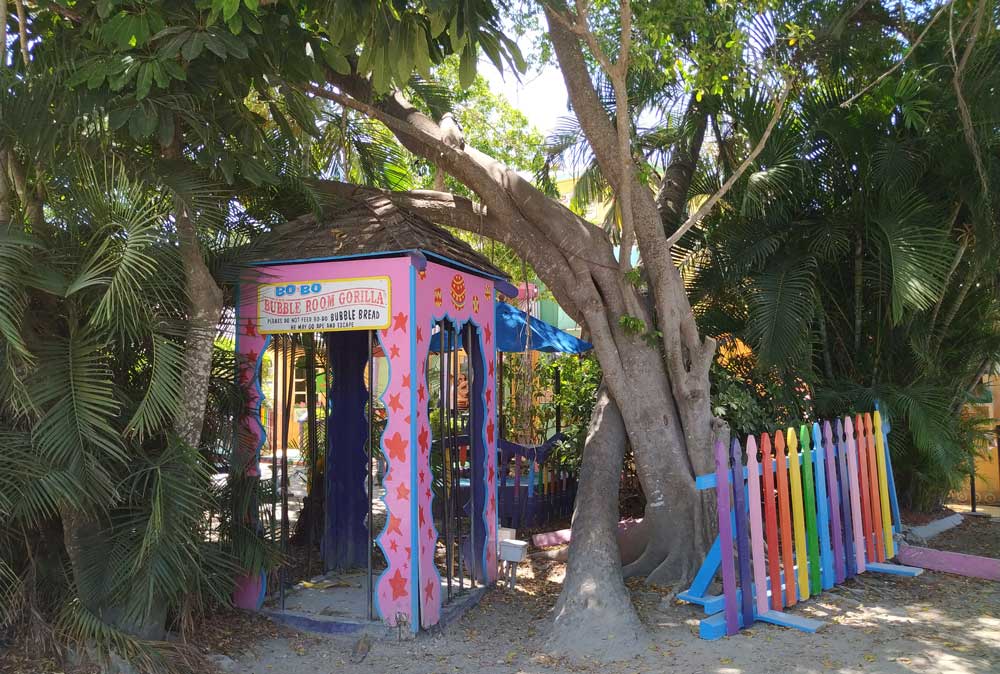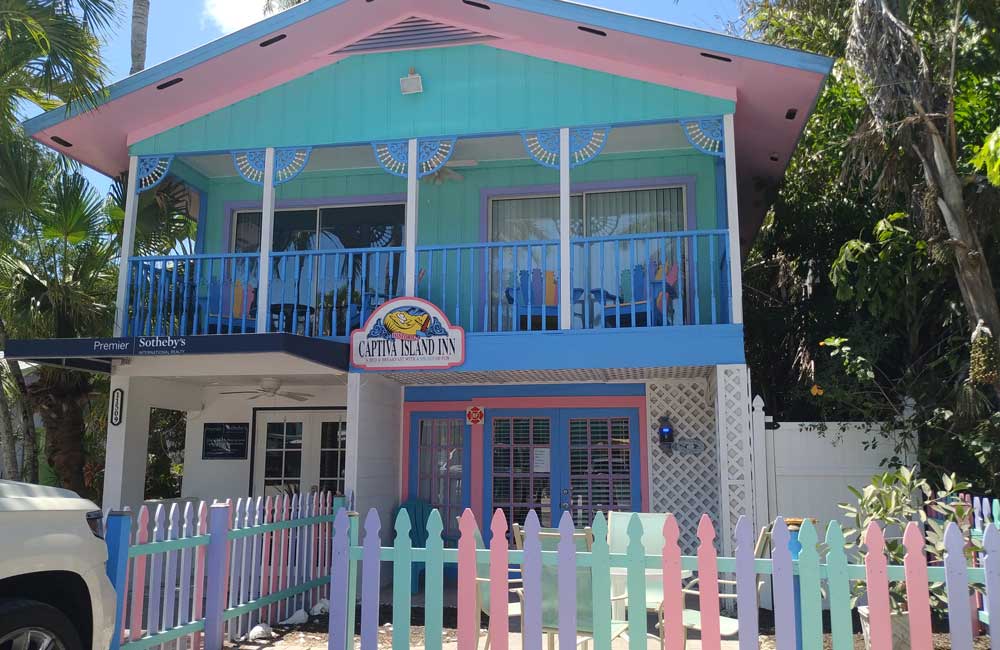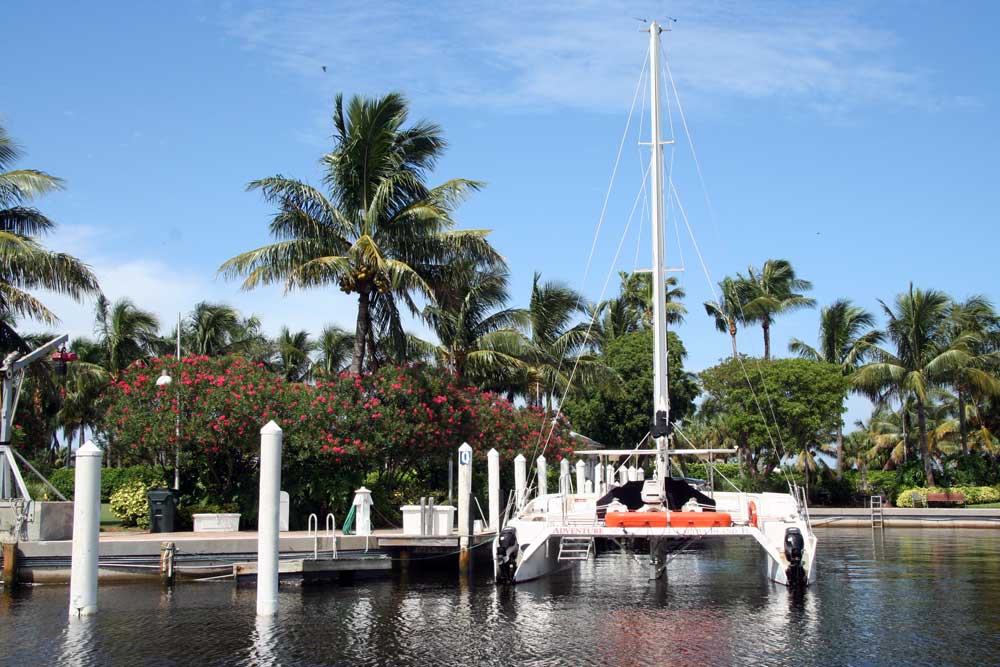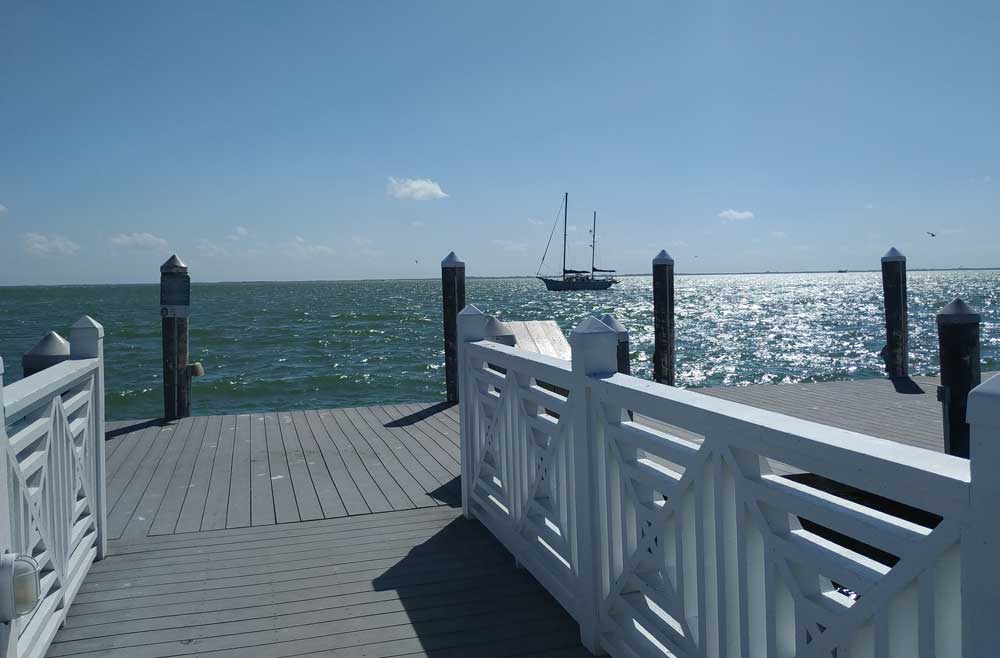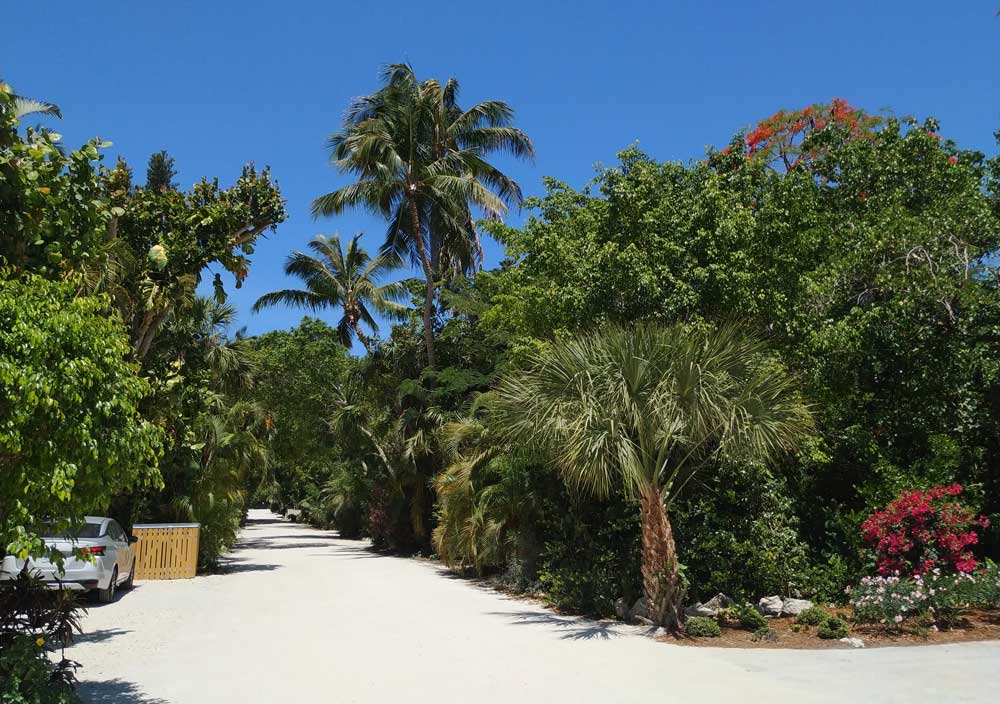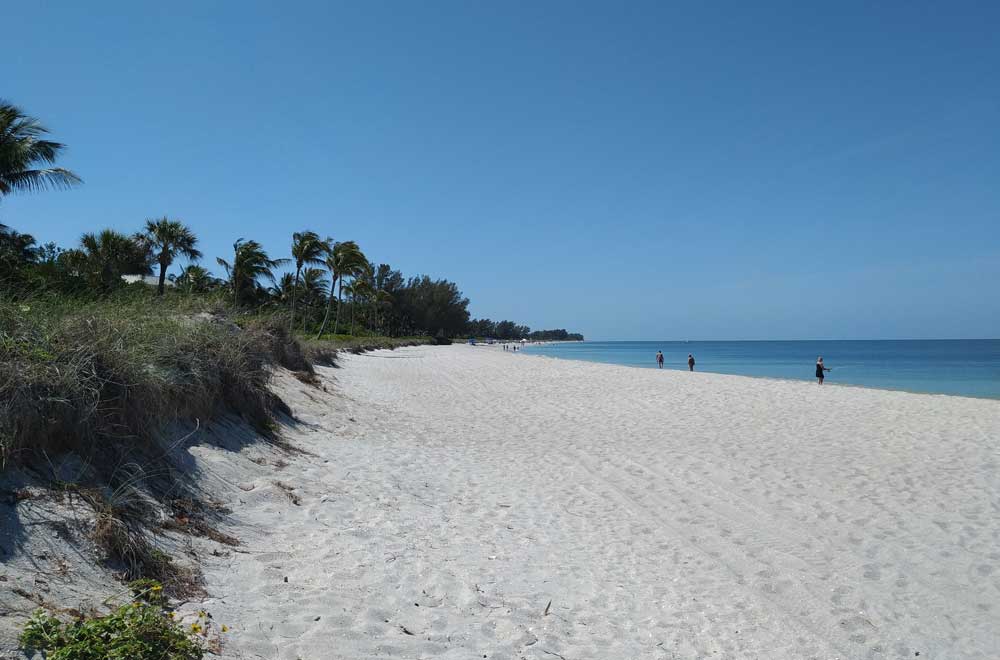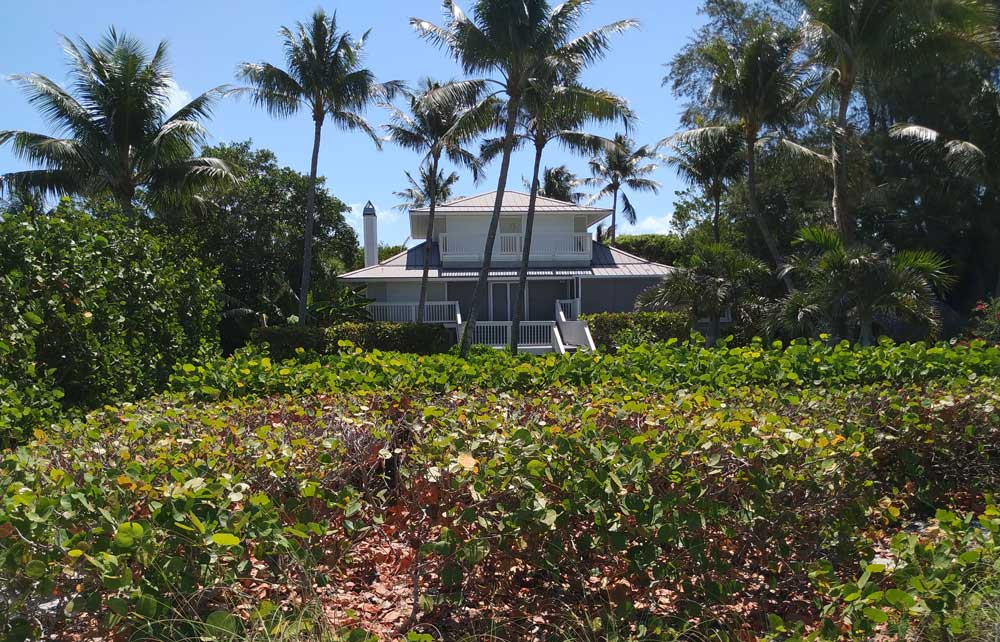Captiva Sanibel Island | Islands Full of Vitality
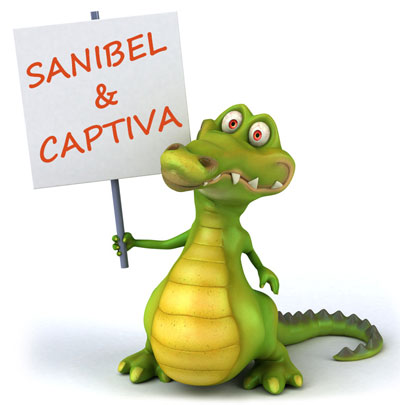
Collecting shells, spotting dolphins, walking on the beach or cycling through tropical nature – Sanibel and Captiva are pure magic! Florido shows you why these islands in the Gulf of Mexico are so special. Here, only the moment counts: barefoot in the sand, gentle waves all around, and enchanting nature. Once you’ve been here, you’ll keep coming back!
Sanibel Captiva Island – the most Important Facts at a Glance
- Shell Paradise – Globally known for its variety of shells due to its location, perfect for collecting.
- Dolphins Nature – Regular sightings right at the shore, pristine beaches and lush nature.
- Cycling – Over 25 miles of bike paths through tropical landscapes and nature reserves.
- Best Travel Time – November to April with pleasant climate and little rain.
- Relaxation Deceleration – No high-rises, no hustle and bustle – just pure island idyll on the Gulf of Mexico.
Climate and Weather
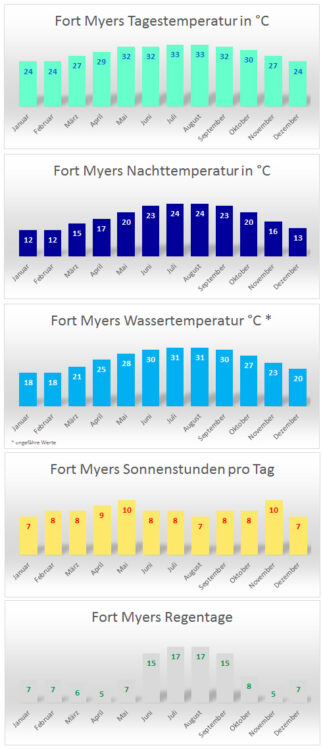
Information Route Planner
| Size | 33.1 mi², of which 17.2 mi² is land |
| Population | 6,400 Sanibel, 400 Captiva |
| Beaches | 15 miles |
| Bike Paths | 25 miles |
| Fish Species | 50 |
| Bird Species | 230 |
| Shell Species | 250 |
| County | Lee County |
| Coordinates | 26° 26 “82° 5” W |
| Area code | +1 239 |
| Visitor Center | Sanibel Captiva Chamber of Commerce |
The Perfect Day on Sanibel Captiva

Before breakfast, we check the hotel’s beach for beautiful, colorful, large, and usually easy-to-find shells that have washed up during the night in great numbers, before others collect the best ones. Afterwards, you can look forward to a hopefully extended breakfast. Those who don’t trust themselves to drive a boat can join a guided boat tour and should make sure it goes to North Captiva, which is among the favorite destinations in the region. There, you’d most like to go ashore at a beach of the dreamlike beautiful houses and spend the rest of your vacation here.
Its inhabitants are predominantly birds, especially meeting the terns is unavoidable. After the tour, spend the rest of the day sunbathing and swimming, as that’s why you came for the natural beaches in the first place. In the evening, enjoy fresh seafood at a fish restaurant. Afterwards, you’re so tired from the sun that nightlife is no longer on the agenda, and you’d rather go to the Gulf of Mexico once more to stargaze.
Activities Highlights on Sanibel Captiva
Beaches
No post found!
Nature Parks
No post found!
Attractions
No post found!
Events
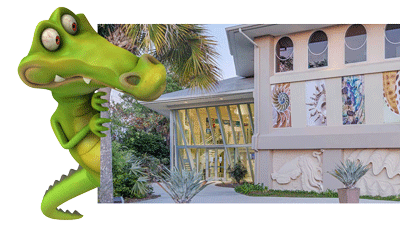
Sanibel Island – the Big Brother
Most people come to Sanibel Island to visit the beautiful natural beaches and/or to partake in the world-famous shell abundance. Therefore, a very special interest group has formed, the “Sanibel Stoop”. This is what the locals call people who have developed a curved back from constantly bending over to pick up shells. The island’s landmark is the lighthouse Point Ybel Light, built in 1884, which has a public beach right next to it.
The best way to experience Sanibel Island is to have accommodation on the island. Then you have access to the beaches of your choice by bicycle (not recommended for long distances in midsummer) and don’t have to visit one of the few public beaches to park your car.
Because it’s crowded there – at least during the peak seasons – and you have to walk far, fully packed with beach bags, camping chairs, umbrellas, and coolers, until the usually narrow beach becomes a bit emptier. However, if you’re familiar with Mediterranean beaches, the number of bathers here can still be considered pleasant. This is only the case when the Americans don’t have a holiday. Then it’s better to stay at the vacation home by the pool, as it’s very crowded everywhere.
Sanibel Island is anything but cheap, so it makes more sense for people on a tight budget to visit the island from a nearby location, such as Fort Myers. The ferry costs 6 US dollars and parking at the public beach costs another 2 US dollars per hour. You’ll search in vain for another parking spot, even if you drive around the entire island. You’ll repeatedly encounter warning signs that parking illegally costs a lot of money. So you’re left only to look enviously at the resident or disabled parking spaces that appear at shorter intervals.
The beautiful island is still worth a visit; the frustration quickly dissipates when the turquoise water laps at your feet on the flat sandy beach. You can’t get enough of the view and also enjoy that no water sports are disturbing your peace. Only a few boats come, stay, and leave again. It also takes a lot of willpower to get out of the sea once you’re in, unless you prefer cooler temperatures. The locals enjoy the weekends here. They come with their boats or by car and go into the water with inflatable chairs, drinks, and sun hats, where they chat for hours with friends or other bathers.
Naturally Beautiful
The island is famous for its beautiful white beaches, which have the largest shell deposits in the USA, especially at Bowman’s Beach Park. It is also home to a variety of bird species such as white ibises, roseate spoonbills, anhingas, cattle egrets, pelicans, loons, and ospreys.
There are also alligators, raccoons, and manatees. On the water, you often see dolphins, which can be spotted everywhere in the area. A trip to the nature park J. N. Darling National Wildlife Refuge is highly recommended if you have a bit more time. In Sanibel, by the way, no house is allowed to be built higher than the palm trees, creating a nice contrast to neighboring Fort Myers Beach.
Captiva Island – the Little Sister
It’s even more tranquil on the subtropical palm island of Captiva Island. If you just continue driving on the road coming from the mainland, you’ll arrive directly in paradise. The houses become even fancier, the hedges higher, and you don’t really see much of the wealth that seems to be hiding behind the scenes. It’s different from the water: If you have a boat at hand, you’d want to move right into the villa-like to casual beach houses and never leave, or at least be a guest for a few days and nights. You can rent luxurious accommodations and get quiet privacy included.
The only automobile connections to Captiva are the Sanibel Causeway and Sanibel-Captiva Road. North Captiva Island, also called Upper Captiva, is a separate island further north that is privately owned.
Captiva was severely hit by Hurricane Charley in August 2004. 160 buildings were destroyed and another 160 heavily damaged. The storm surge cut a 365 m wide path across the thinnest part of North Captiva Island, dividing the island.
Cabbage Key – Only Accessible by Boat
The romantic Cabbage Key is always worth a boat trip and is only accessible by boat – not just because of the delicious cheeseburgers in the island restaurant.
The History of Sanibel Captiva Island
The twin islands Sanibel and Captiva off the southwest coast of Florida are not only natural paradises with powdery sand beaches – they also have an exciting history that dates back to the indigenous people and early seafarers.
Over 2,500 years ago, the Calusa Indians lived here, a coastal fishing people who built island mounds from shells and corals and maintained an extensive trade network. Later, Spanish explorers and seafarers used the islands as anchorages – laying the foundation for many myths: For example, the pirate José Gaspar is said to have held his prisoners on Captiva, which gave the island its name (“Captive Island”).
The first European settlers arrived in the 19th century. They lived off citrus farming, shell collecting, and fishing. The isolation ensured that Sanibel and Captiva remained largely undeveloped for a long time – the first schoolhouse on Sanibel opened in 1896, and a ferry service to the mainland only existed from the 1920s onwards.
A massive turning point came with the hurricane of 1926, which destroyed large parts of both islands and forced many families to give up. In the decades that followed, artists and nature lovers initially retreated here – the special variety of shells and the untouched beaches made Sanibel internationally famous.
The breakthrough came in 1963 with the construction of the Sanibel Causeway, which connected Sanibel to the mainland. Captiva is accessible via a narrow causeway from Sanibel. To prevent mass tourism, Sanibel adopted its own development plan in 1974 – to this day, there are no high-rise buildings, no chain hotels, and strict building regulations.
A dramatic turning point came on September 28, 2022, when Hurricane Ian hit the region with wind speeds of over 240 km/h. The storm destroyed large parts of the infrastructure, tore down the Sanibel Causeway, and temporarily made both islands accessible only by boat or helicopter. Many houses, businesses, and beaches were severely damaged.
However, the reconstruction began quickly: Just a few months later, the Causeway was provisionally passable again, and many accommodations, parks, and restaurants reopened step by step. Today, Sanibel and Captiva impressively demonstrate how a natural paradise and living space can continue to exist even after a catastrophe – with strength, community, and a clear commitment to sustainability.
Today, Sanibel Captiva are retreats for those seeking nature, tranquility, and original Florida. The islands are considered one of the best shell collecting areas in the world – and a living reminder of how history, nature, and quality of life can be gently combined.







